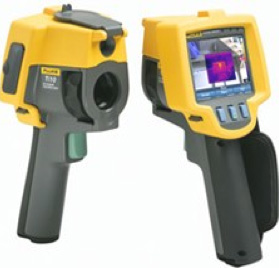
In the past few years, a new technology has emerged as a significant tool in the ever-lasting fight against Termites. It’s known as a few names, usually Thermal Imaging or Infrared, but both make reference to the same genre of devices. The technology itself has been around for many, many years, but only recently has the technology advanced to a stage where it’s affordable for businesses to employ it with a reasonable result.
As with all technologies, there’s a lot of myths floating around, so here’s a couple of short lists on what Thermal Imaging can and cannot do.
Thermal Imaging Can:
- Reduce time in trying to locate an area of significant termite activity, when there’s a known infestation,
- Allow the user to pinpoint areas of suspicion,
- Help carry out non-destructive inspections,
- Provide both the user and their client more reassurance that the job has been done properly,
- Supply evidence of infestation, or lack of, should quality of a technician’s job come into question.
Thermal Imaging Cannot:
- See through walls,
- Pinpoint individual Termites,
- Tell the user if an area of suspicion is actually caused by Termites or something else,
- Be used as an “all in one” inspection tool,
- Replace skills of a technician trained in the locating and management of Termites.
How exactly do Thermal Imaging Cameras work?
Everything has a different heat pattern due to various environmental factors (sunlight, ambient temperature, humidity, etc) and what the object is made of (density, moisture content, etc). Because the nature of all things is to reach an equilibrium (where temperatures are all the same), heat is moved from one object to another to try and get to this equilibrium Termites enjoy temperatures from 28-36C, and make their nests, bivowacs and leads sit at around this temperature. As ambient temperatures are usually much lower than this (a reason why we recommend Thermal Imaging inspections are done early morning when it’s coolest), the imprint this has on walls and other building materials can be seen.
Having a Thermal Imaging Camera is like having tens of thousands of highly tuned, non-contact thermometers, producing an easy to understand and interpret picture.



